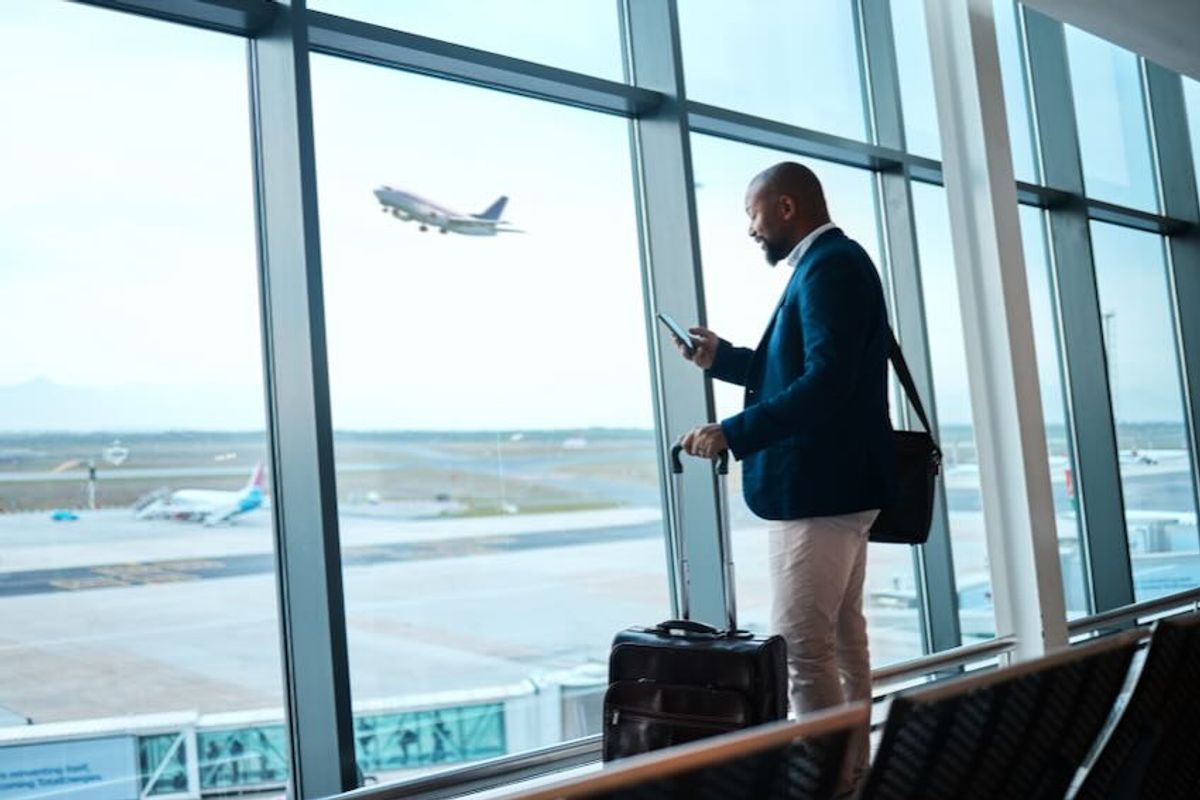Travel
Travel costs to continue rising in 2025 as CWT predicts ‘moderate’ increases

THE RISING COST OF TRAVEL
Airfares – average ticket price
Globally | EMEA
2023 $668 (-1.6%) | $785 (1.8%)
2024 $701 (1.9%) | $797 (1.5%)
2025 $705 (0.6%) | $808 (1.4%)
Hotel rates – average daily rate
Globally | EMEA
2023 $158 (3.9%) | $157 (6.8%)
2024 $162 (2.5%) | $160 (1.9%)
2025 $165 (1.9%) | $163 (1.8%)
Car rental – average daily rate
Globally | EMEA
2023 $44.3 (3%) | $57 (2.5%)
2024 $45.4(2.5%) | $57.6(1.1%)
2025 $46.5(2.4%) | $58.1(0.9%)
Travel management company CWT is predicting “the great moderation” of travel pricing in 2025 and a period of “normalised growth”, according to its tenth annual forecast published today.
Produced in collaboration with the Global Business Travel Association, the report predicts marginal rises across airfares, hotel rates and ground transportation globally, following sharp rises in costs coming out of the pandemic in 2021 and 2022.
“When it comes to pricing, global business travel has finally reached an enduring, higher baseline. Prices will continue to rise in 2025, but only moderately, so expect a period of normalised growth,” said Nicholas Vournakis, chief customer officer, CWT.
The average global airfare is poised to reach $701 in 2024 and $705 in 2025 – growth rates of 1.9 per cent and just 0.6 per cent respectively.
Meanwhile, the average daily hotel rate globally is set to hit $162 in 2024, up 2.5 per cent, and $165 in 2025, representing a further 1.9 per cent increase. Rates increased 3.9 per cent in 2023 and surged nearly 30 per cent in 2022.
For car rental, the average daily rate globally sits around $45.40 in 2024, up 2.5 per cent, with a similar increase, of 2.5 per cent, forecast in 2025, taking the average rate to $46.50.
While the rate of price increases across key travel categories appears to be stabilising, Vournakis warned: “This pricing environment – one of marginal gains and price regularity – is fragile. Global leisure travel has now realised a lot of its pent-up demand, while corporate travel has been resurgent, with 2024 edging at pre-Covid levels. There are many factors at play, whether it’s volatile oil prices, labour costs and constraints, inflationary pressures and geopolitical factors.”
Regional rundown
Average airfares in Europe are set to have climbed 1.5 per cent to $797 in 2024 and are forecast to rise a further 1.4 per cent to $808 in 2025. In North America, average airfares will have risen 3.5 per cent to $804 in 2024 and are expected to increase a further 0.5 per cent to $808 in 2025, putting them on a par with average fares in EMEA.
Meanwhile, average hotel rates in EMEA are expected to increase at a lower rate than the global forecast, rising 1.9 per cent to $160 in 2024 and by 1.8 per cent to $163 in 2025. Rates in North America are expected to rise by 2.8 per cent to $183 in 2024 and by 2.2 per cent to $187 in 2025, while increases of 3.7 per cent (to $136) and 2.2 per cent (to $139) are forecast in APAC. However, CWT is predicting notably sharper rises in LATAM, rising 9.2 per cent to $102 in 2024 and by 7.5 per cent to $110 in 2025.
For car rental, rates in EMEA are expected to have climbed by 1.1 per cent to $57.60 in 2024 and will rise by an even narrower margin in 2025, by an estimated 0.9 per cent, to $58.10.
Buyers remain pragmatic
Richard Johnson, head of the CWT Solutions Group, said: “What we’re seeing in 2024 and into 2025 is largely a stabilisation [of travel costs]. There’s nothing near as seismic as we saw in the early years coming out of the pandemic in terms of growth rates, so it also means we can finally stop using 2019 as the baseline to which we compare everything.”
Johnson believes that travel buyers were generally understanding when absorbing the steep rate rises of previous years and won’t have “long memories” when re-entering negotiations with suppliers.
“Buyers have generally been pragmatic and relationships with suppliers are increasingly healthy. They’re having collaborative conversations about the services they need and what they’re expecting to pay for those services.
“Most people understood why suppliers made hay while the sun shone coming out of the pandemic. They’d had little business, costs were rising, and the leisure market was bouncing back much faster than business travel,” said Johnson.
Few suppliers deployed “alienating tactics” as they chased the leisure market and there should be “little residual damage” to repair as some dial up their focus on the corporate market, he added.










